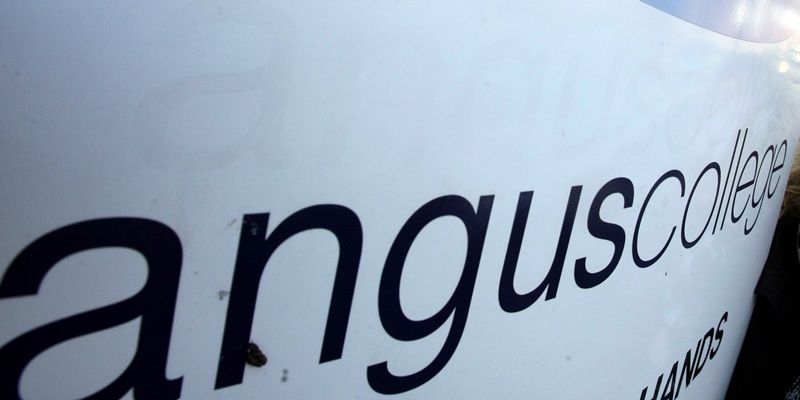Angus College has pleaded for greater recognition of the contribution it makes to higher education (HE).
That includes “astounding” results it has had in running part-time degree courses and the success its students have had when they move on to university.
HE’s future has been a hot topic in recent months due to public spending cuts. and it is a key issue in the Holyrood election campaign.
Angus College believes it and other colleges should be considered important contributors to the sector, offering high quality at low cost.
In a submission to the Scottish Government, it pointed out that 25% of HE students are studying at college rather than university.
Delivering a Higher National course at college cost around £3100 a year compared to £5700 for first or second year at university.
A spokesman said, “Undoubtedly, Scotland’s colleges provide a value for money service to both taxpayers and individuals alike with the cost of their delivery … being 46% lower than the university sector.Savings”If 1000 students undertook their first two years of higher education at their local college and then progressed seamlessly to year three of a degree, then this would save £5.18 million of taxpayers’ money.”
Angus College has agreements with six universities, allowing students to carry out part of their studies at the college before moving.
It has an “excellent track record” of those students achieving their degrees. In some subjects, students who have been to college first do better than those who spent four years at university.
The college cited a survey of 40 of its students who did a Higher National Diploma in social studies before going to universities across Scotland and beyond.
None of them dropped out of their course and 90% of them ended up with a first or upper second degree, with 25% going on to do postgraduate work.
The spokesman added, “Scotland could produce the same graduate outcomes, increase access opportunities, maintain quality and all at a considerable reduction in scarce public resource input.”
The college told ministers a much greater proportion of college students were part-time than their university equivalents, and this opened up opportunities to deliver courses in a new way.
The college argued the flexibility, diversity and accessibility of the sector meant colleges would have to be a “major element” in any future solution to the delivery of HE at a time when resources are limited.
Some of its former students have also voiced their support for the idea that more students do the first part of their studies at college.
